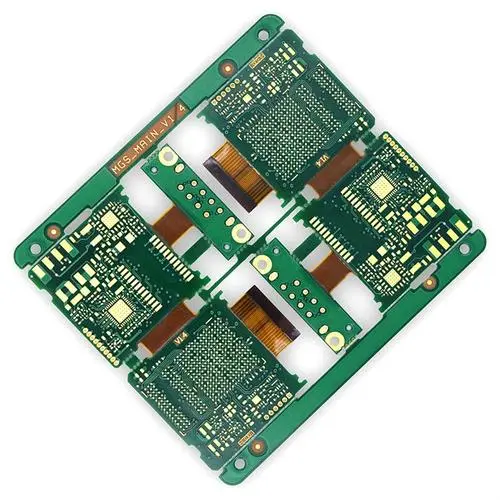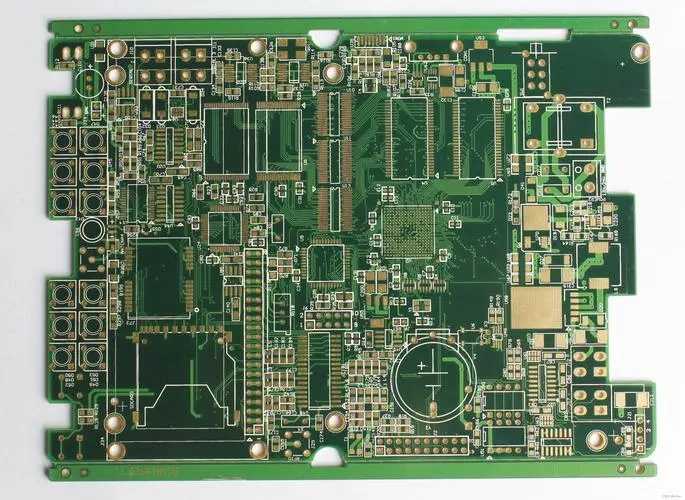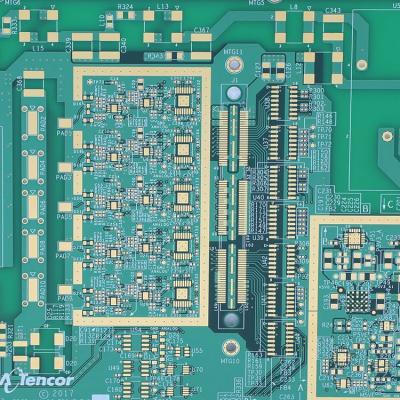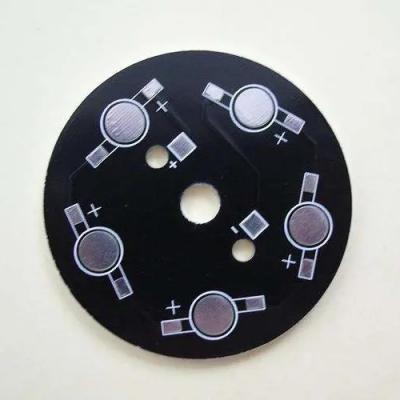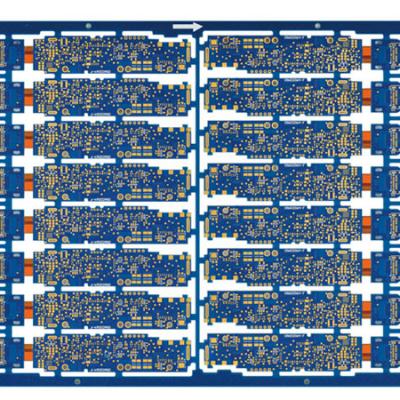This is an era of rapid change. In addition to creativity and design capabilities, today's designers are faced with many constraints, they need to deal with more and more complex designs - a series of peripheral devices connected by IO. Moreover, today's designs increasingly demand miniaturization, low cost, and high speed, especially in the mobile device market. In recent years, a large number of high-performance, multi-function devices have emerged one after another, and the market has developed particularly rapidly, making it difficult for savvy consumers to see. Bringing these products to the electronic design market requires an intensive design process, which often involves high density electronic circuits, while also considering reducing manufacturing time and cost.
One solution to help designers and design teams meet these challenges is the use of rigid-flex design techniques, or rigid-flex design of printed circuit boards (PCBs). While this isn't the latest technology, a combination of factors suggests that it's universal and cost-effective. From the traditional rigid PCB connected by cables to today's rigid-flex board technology, in terms of cost, it is feasible for short-term designs to connect two rigid boards with flexible cables; Connectors are installed on each board, and the connectors need to be assembled to the board and cables—all of which add cost. In addition, rigid PCBs with cable connections are prone to electrical voids, which can lead to failures. In contrast, rigid-flex circuits can eliminate these virtual solder joints, making them more reliable and providing higher overall product quality.
Let's take a closer look at its total cost, Figure 1 compares the simulated manufacturing cost of a rigid PCB with traditional cable connections and a 3D rigid-flex design. The traditional design consists of a rigid board using flexible cables and connectors, while the rigid-flex design is embedded in a rigid-flex board with two layers of built-in soft layers in the middle. The overall structure is a set of four-layer printed circuit boards. Manufacturing costs for both designs are based on PCB manufacturer quotes, including assembly costs. In addition, the cost of two separate four-layer circuit boards, connectors and cables needs to be added to the traditional design factor.
This is a new era: Analyzing PCB soft and hard combination technology
Figure 1: Comparison of Rigid PCB Assembly Costs for Rigid-Flex Design and Cable Connections
It can be seen from the figure that when the number of manufactures is more than 100 sets, compared with the traditional design scheme, the combination of soft and hard designs will save time and increase efficiency. Mainly because, the Rigid-Flex circuit does not contain any connector components/cables and does not require connector assembly. Not only that, but they are reliable and well-crafted. And that's just the tip of the iceberg.
With rigid-flex technology, designers do not need to interconnect multiple PCBs with connectors, wires, and cables in a single package. Because rigid-flex boards do not require cable assembly, this reduces overall assembly consumption and test complexity. Both of these help keep costs down. In addition, fewer components need to be purchased, which reduces the bill of materials, thereby reducing supply chain risk and cost. Rigid-flex boards make product maintenance easier and save costs throughout the product life cycle.
This is a new era: Analyzing PCB soft and hard combination technology
Manufacturing, assembly, testing, and logistics costs are all factors that cannot be ignored for any project, design, and cost control using hardware-soft design technology. Rigid-flex design often requires a mechanical team to assist with flex design and PCB integration of the final product. This process is time-consuming, costly and error-prone.
To make matters worse, PCB design tools often ignore the folding and assembly issues of rigid-flex designs. The combination of software and hardware design requires designers to think and work with 3D thinking. The flexible part can be folded, twisted and rolled up to meet mechanical design requirements. But traditional PCB design tools do not support 3D board design or bending and wrinkling simulation of rigid design parts, or even the definition of different layer stack design parts, including flexible design parts.
Because of this, the designers of the combination of soft and hard are forced to manually convert the rigid and flexible parts of the 3D design into a flat and 2D production format. After that, the designer also needs to manually record the soft design area and double check to ensure that no components or vias are placed in the area between rigid and flexible. This process is also constrained by many other rules, most of which are not supported by PCB design software.
In general, designing a rigid-flex PCB requires more effort than a standard
rpttechpcb is Professional production low-cost PCB,Cheap PCB, Low price for PCB,94V0
 Meizhou Ruiputuo Technology Co.,Ltd
Meizhou Ruiputuo Technology Co.,Ltd 